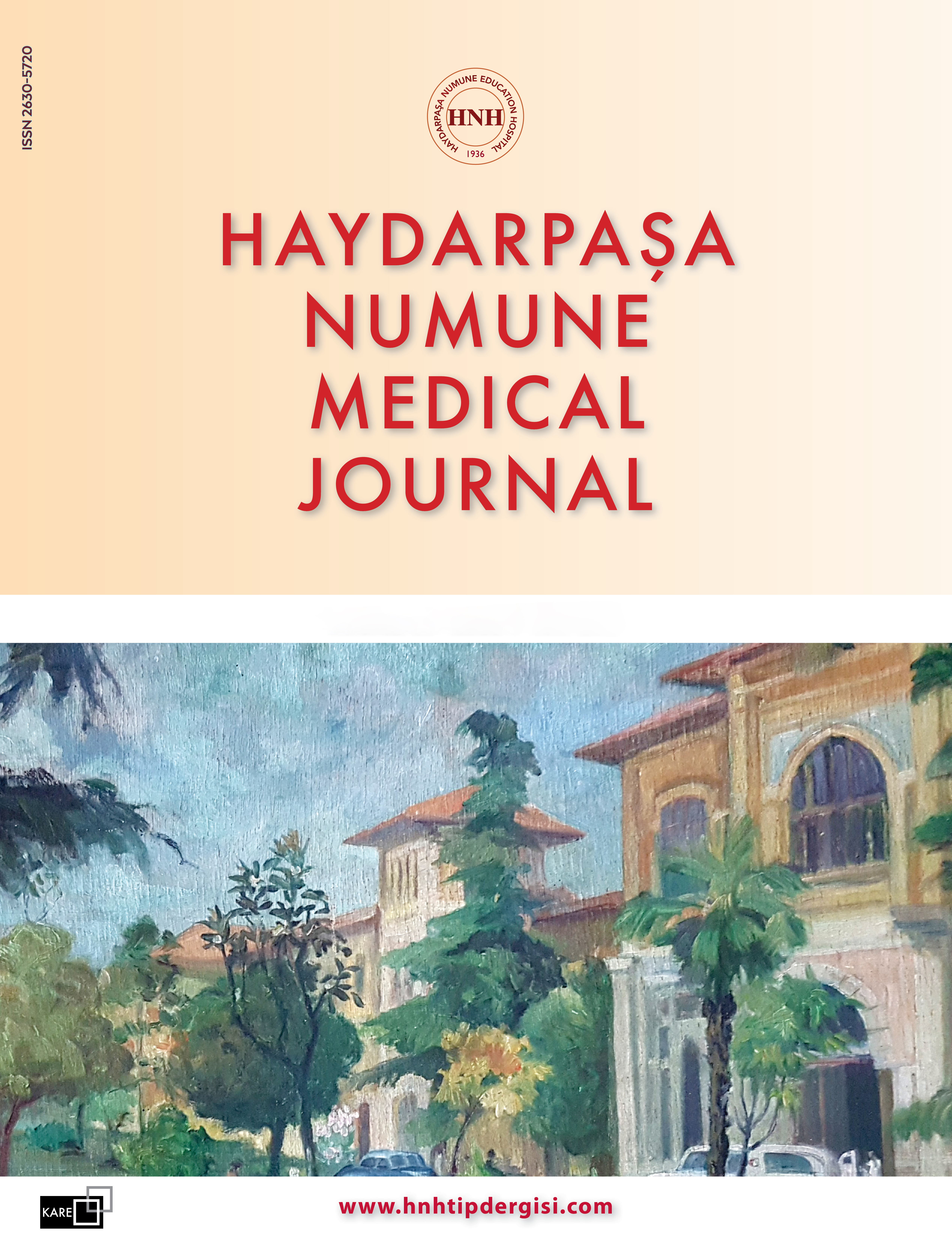The Importance of the Lesser Trochanter in Patients with Intertrochanteric Femur Fractures Treated Via Proximal Femoral Nailing
Sevan Sıvacıoğlu1, Fatih Şentürk2, Süleyman Altun2, Ali Özyalçın2, Sefa Parlak2, Bülent Kılıç21Department of Orthopedics and Traumatology, Private Practice Physician, Istanbul, Türkiye2Department of Orthopedics and Traumatology, University of Health Sciences Türkiye, Kanuni Sultan Suleyman Training and Research Hospital, Istanbul, Türkiye
INTRODUCTION: The influence of factors believed to affect stability, such as an intact calcar (lesser trochanter), on surgical outcomes in intertrochanteric femur fractures remains debated. This retrospective study aims to clinically and radiologically assess how calcar intactness impacts treatment success and complication risk in patients aged 6585 years treated with proximal femoral nailing (PFN).
METHODS: We retrospectively evaluated 34 patients aged 6585 years with intertrochanteric femur fractures treated by PFN at our institution who had complete documentation. Based on preoperative radiographs, patients were assigned to either the intact-calcar group (n=16) or the calcar-fractured group (n=18). We collected demographic, clinical, and radiological data, including age, sex, smoking status, preoperative delay, intensive care requirement, hemoglobin/hematocrit levels, varus alignment, tip-apex distance, lateral cortex integrity, lag screw migration and position, bone resorption, surgical failure (revision/nonunion), and time to union.
RESULTS: The mean age was 77.8±7.5 years in the intact calcar group and 82.7±7.9 years in the calcar-fractured group (p=0.073). Preoperative delay was significantly longer in the calcar-fractured group, averaging 6.7±4.6 days compared to 3.8±1.6 days in the intact calcar group (p=0.02). Rates of varus alignment and tipapex distance were similar across both groups (p>0.05), and lateral cortex integrity was preserved in approximately 94% of cases. Lag screw migration occurred in 25% of the intact calcar group and 55.6% of the calcar-fractured group (p=0.092), while bone resorption rates were 43.8% and 77.8%, respectively (p=0.076); neither reached statistical significance. Time to union was comparable100.9±34.7 days for the intact calcar group and 103.4±26 days for the calcar-fractured group (p=0.812)as were surgical failure rates (p>0.05).
DISCUSSION AND CONCLUSION: Despite a higher risk of mechanical complications from the loss of posteromedial support in calcar-fractured intertrochanteric fractures, precise anatomic reduction, preservation of lateral cortex integrity, and accurate lag-screw placement can achieve union and low failure rates similar to those of stable intertrochanteric fractures with an intact calcar.
Makale Dili: İngilizce
















